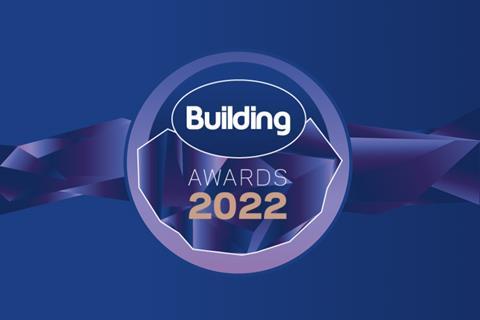Trusted media brand of the Chartered Institute of Housing

Trusted media brand of the Chartered Institute of Housing
Why most new homes are still being built to old standards

Almost two in three new homes are still being built to regulations that applied in 2013, over a year and a half after the end of the transition period for the new part L and other requirements. How has the government got its projections so wrong? Tom Lowe reports
Few parts of the construction industry have been left untouched by the regulations which have come into force over the past few years. No sector has dealt with more than housing, which has faced an onslaught of new rules since the government’s commitment to the 2050 net zero target was announced in 2019. New building safety regulations introduced since the 2017 Grenfell Tower fire, including requirements for second staircases in tall buildings, have added to the burden for developers.
Rising build costs have been exacerbated by construction product price inflation and labour shortages, while viability has been hit by a collapse in the housing market since Liz Truss’ 2022 mini-Budget. Chronic planning delays caused by under-resourced councils have added to the woes of the industry, all of this at a time when successive governments have pressed the urgent need to address the country’s housing crisis.
During such a tumultuous period, maybe it should be expected that housebuilders have not all rushed to adopt the new rules as quickly as possible. And, according to new data from energy assessment firm Elmhurst Energy, this very much appears to be the case. The Leicestershire-based firm, which produces Energy Performance Certificates (EPCs), has found that a majority of new homes are still being completed to 2013 housing standards almost three years after the introduction of new rules on carbon reduction.
…
Login or Register for free to continue reading Housing Today
To continue enjoying housingtoday.co.uk, REGISTER FOR FREE
Already registered? Login here
Stay at the forefront of thought leadership with news and analysis from award-winning journalists. Sign up below to receive:
- Breaking industry news as it happens
- Gain access to Housing Today’s Specialist CPD modules
- Expert News and analysis
It takes less than one minute….
Join the Housing Today community - REGISTER TODAY
… or subscribe for full access - Subscribe now

